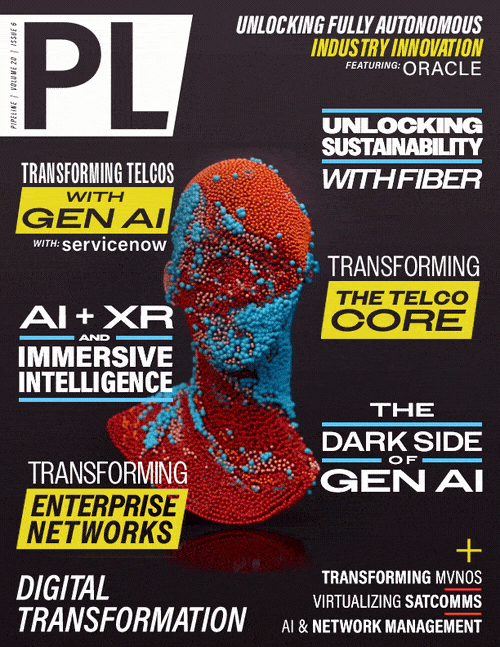News Center
ETSI Completes Key Specifications for NFV StandardsETSI Adds Extra Dimensions to Virtualization of Communication Networks With Continued NFV Specification ActivityThe ETSI NFV Industry Specification Group (ETSI NFV ISG) has taken further steps towards establishing a ubiquitous platform upon which the global adoption of network functions virtualization (NFV) technology can be driven thanks to the completion of a series of key specifications. Over the course of the last 3 months, 6 new NFV specifications have been published. These cover virtual network function (VNF) package structure, the dynamic optimization of packet flow routing, and acceleration resource management right through to hypervisor domain requirements. In addition, a total of 18 different work projects have been approved. Central to these endeavors is the defining of unified application programming interface (API) specifications in order to ensure that widespread multi-vendor interoperability can be achieved. This will mean that the numerous integration challenges that the industry currently faces can be fully addressed, and the pace at which NFV roll-out occurs thereby accelerated. As a direct consequence, it will lead to solutions and network services from different vendors being brought to market in the future that are all interoperable with independently developed NFV management and orchestration systems. Two of the latest 6 specifications of ETSI NFV, which detail REST APIs for management and orchestration, can be accessed by visiting the following links - ETSI GS NFV-SOL 002 and ETSI GS NFV-SOL 003. ETSI GS NFV-SOL 004, has also been completed, it specifies the format and structure of a VNF Package and is based on the OASIS TOSCA Cloud Service Archive (CSAR) format. An Open API representation of the specified APIs will also be made available on the ETSI forge, a set of collaborative tools for standardized technologies, by the end of this year. “It is clear that NFV will thrive through being backed up by an expansive open ecosystem that encourages innovation from the broadest possible range of sources. By delivering standardized open interfaces and descriptors, ETSI is giving new players that have not previously been involved in this sector the opportunity to make a major contribution to its ongoing progression,” states Diego Lopez, Chairman ETSI NFV. “With the ground-breaking work that is now being done we are getting closer to a stage when universal integration is finally achievable and vendors’ VNF solutions can be executed and managed via any orchestrator and management solution without integration problems arising. Furthermore, all of the components parts of such management/orchestration systems will be completely interoperable with one another.” The ISG continues with the development of a third release of deliverables (NFV Release 3), with objectives of providing specifications and guidance for operationalizing NFV. It will also perform in-depth studies on forward-looking topics, such as enhanced security for the entire NFV environment or considerations on applying NFV to network slicing for future 5G deployment. Source: ETSI media announcement | |

















